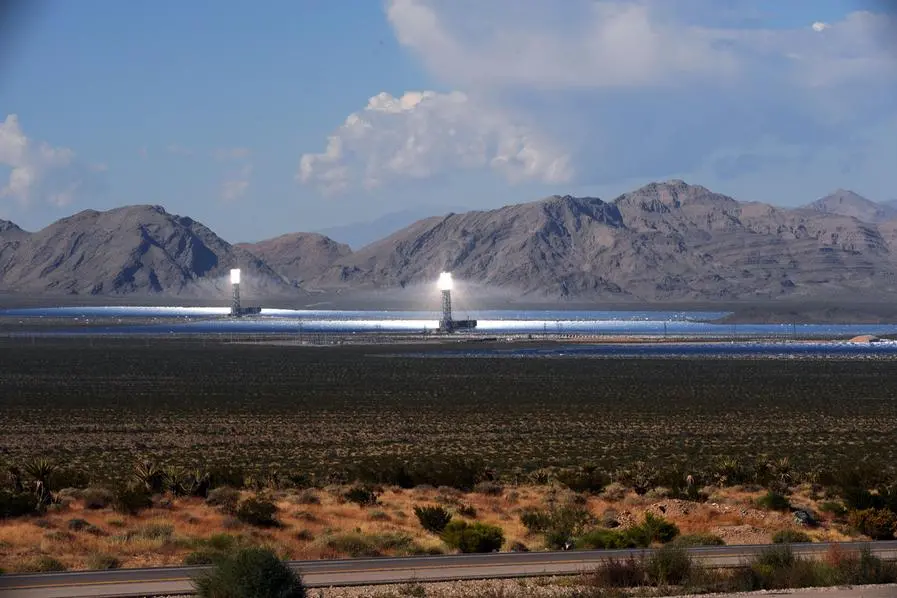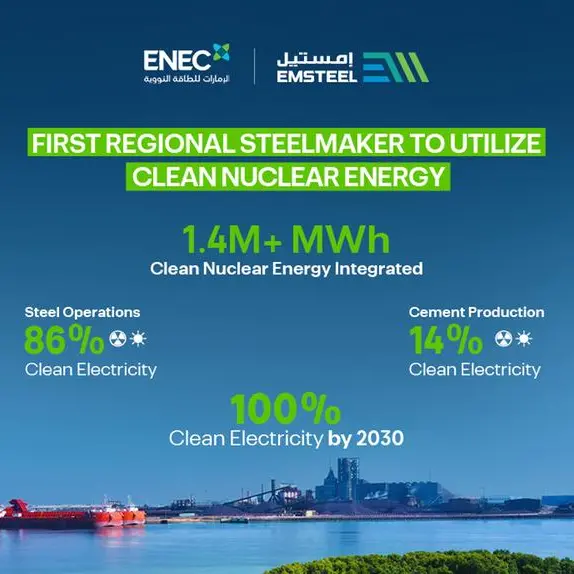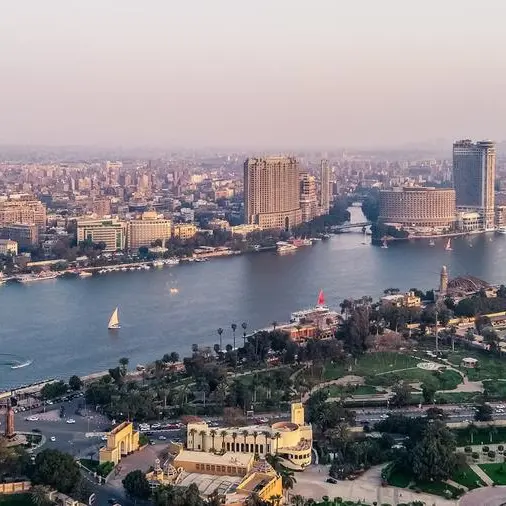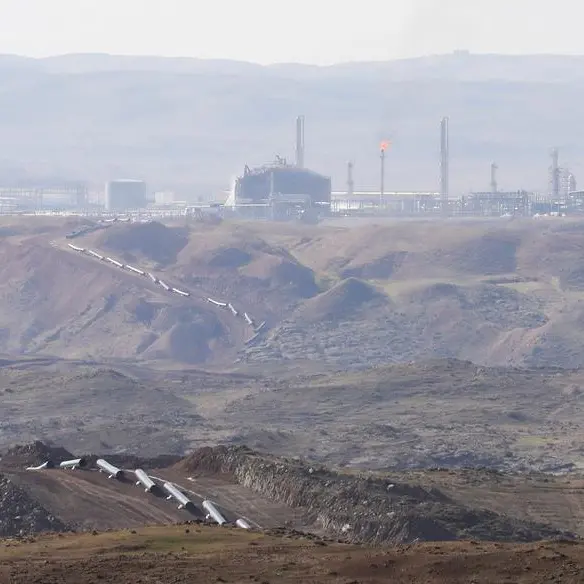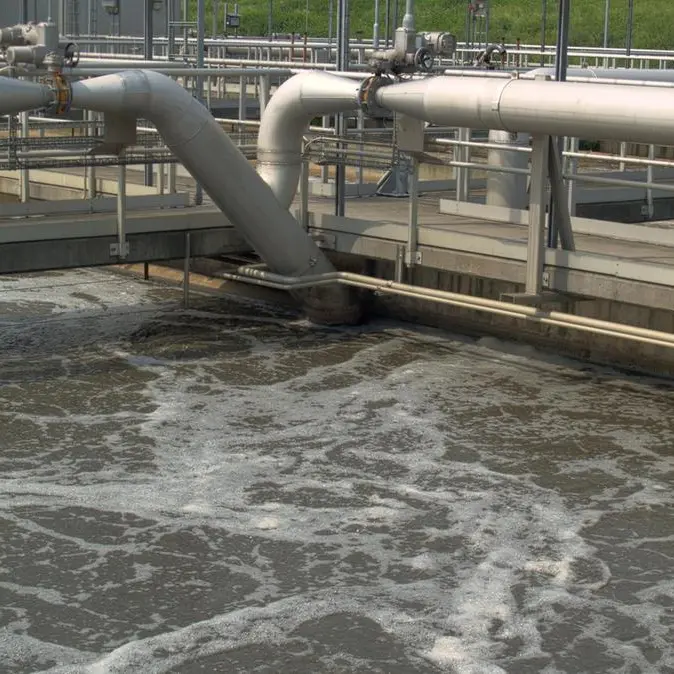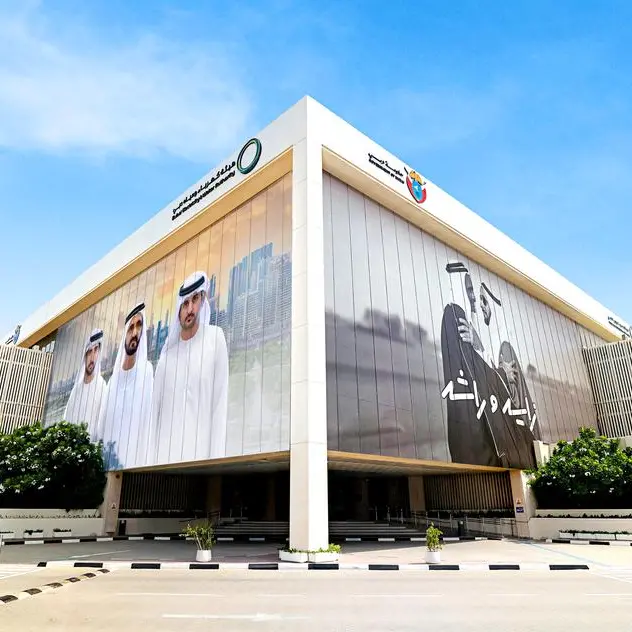PHOTO
Doha, Qatar: Qatar has aligned its policy approach towards attaining UN Sustainability Development Goals (UN SDG) and the Paris Climate Agreement by investing in numerous programmes such as solar power, water conservation projects, green infrastructure, and smart city initiatives by reducing emissions, an expert has said.
These programmes present clean energy infrastructure’s paramount role both in mitigating the short-term impacts of climate change and curbing the rate of global warming.
In an interview with The Peninsula, Lindsey Malcolm, the Sustainability Lead for the Middle East at the global consultancy and research entity - Turner & Townsend, said: “Its National Vision 2030 aims to transform Qatar into a country that can sustain its own development and provide a high standard of living for generations to come. Sustainability is at the heart of this vision, combining the pillars of environmental, social, and economic development.”
The industry leader highlighted that the recently launched Qatar National Development Strategy (NDS3) is defined by bold and transformative initiatives that focus on sustainable economic growth and balance fiscal and environmental considerations.
On the contrary, the country has yet to set out its net zero trajectory and identify the sector-level emissions reductions required to support the 2030 national vision, explained the official. “With a clear roadmap supported by a robust policy and regulatory framework, Qatar will be able to build on its 2030 vision,” he said.
Malcolm noted that Qatar is making vital investments in infrastructure to support its goal. He said, “The country’s need for consistent and high-quality supplies of power and water as well as effective cooling technologies are strategic drivers of this vision.”
However, the national Tarsheed programme has enhanced energy and water efficiency and resilience for homes and businesses, reducing pressure on limited resources, stressed the expert. He emphasised that “The government is also investing heavily in network optimisation, introducing new technologies and decarbonising the electricity grid.”
Commenting on the strategic approach by the country ensuring to meet sustainable goals in the years ahead, Malcolm remarked “Qatar is transitioning to district cooling solutions to bring further efficiencies to one of its most significant energy contributors. This will be critical to ensure a sustainable platform going into the next decade.”
“The Middle East could see already extremely hot daytime temperatures increase further, with sea levels predicted to rise by up to 98cm by 2100. This poses a major threat to water supplies and the low-rise built environment in Qatar,” he said.
He further added that climate change is critical to keep on track to ensure sustainability in Qatar’s development and growth.
The official also remarked that the region has a number of strengths that can be utilised. “With average daily sunshine of 9.5 hours, Qatar is well suited to solar power projects. The government clearly understands this, with its aim to add up to 4GW of solar supply by 2030."
The Al Khaarsah Project is an example to follow. Completed in 2022, this will eventually meet 10 percent of Qatar’s electricity demand.
Malcolm added: “Another priority will be supporting the construction industry to reduce its environmental impact. This will play a major part in reducing total emissions, as the sector accounts for 20 percent of global carbon emissions annually.”
© Dar Al Sharq Press, Printing and Distribution. All Rights Reserved. Provided by SyndiGate Media Inc. (Syndigate.info).
